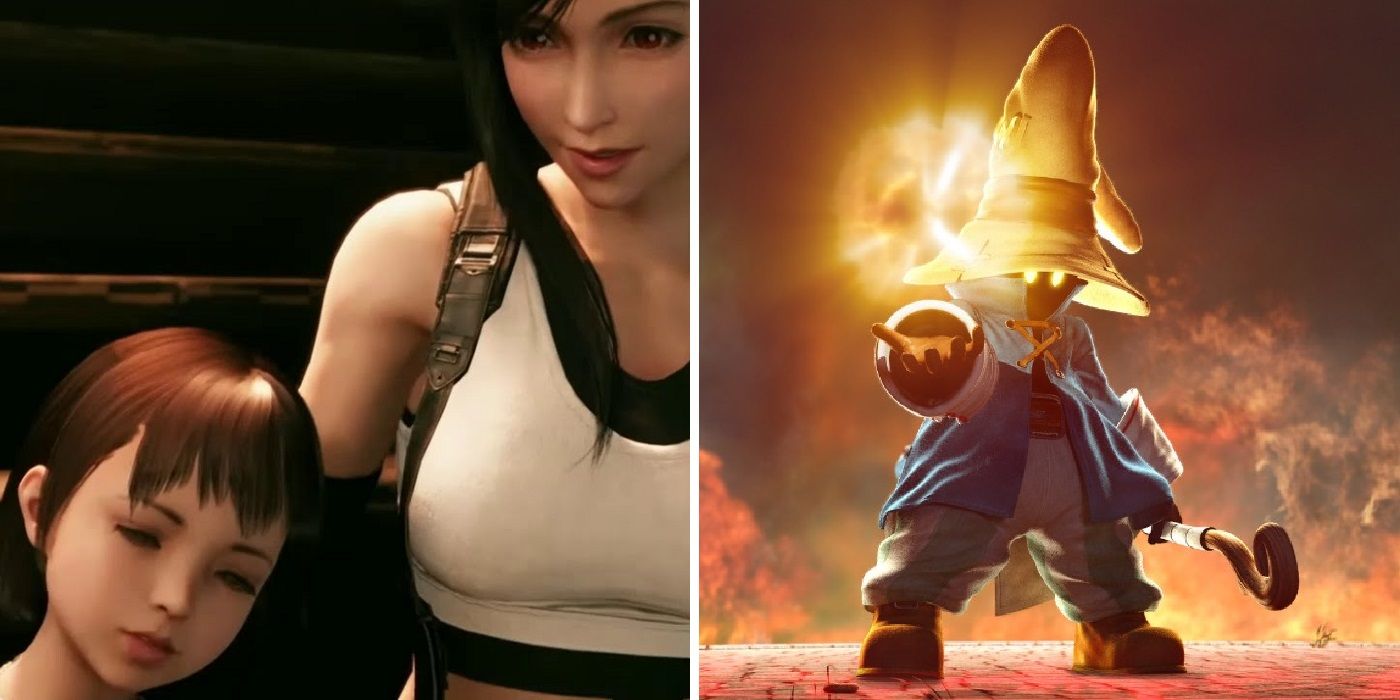
Final Fantasy is a series with fifteen main series games and numerous spinoffs. They've shaped the genre into what it is today, and have produced some of the most iconic characters in video game history.
However, most of the games don't exactly link together, making any overarching plot negligible and needing other ways to keep the series connected. There are a few exceptions to this, as a few games have direct sequels, as well as Cid, Chocobos, and Behemoths existing in nearly every game. Due to all of this constant starting and stopping, there's a good handful of questions that never truly get answered as the series goes on.
10 Where Was Cloud Going On The Train?
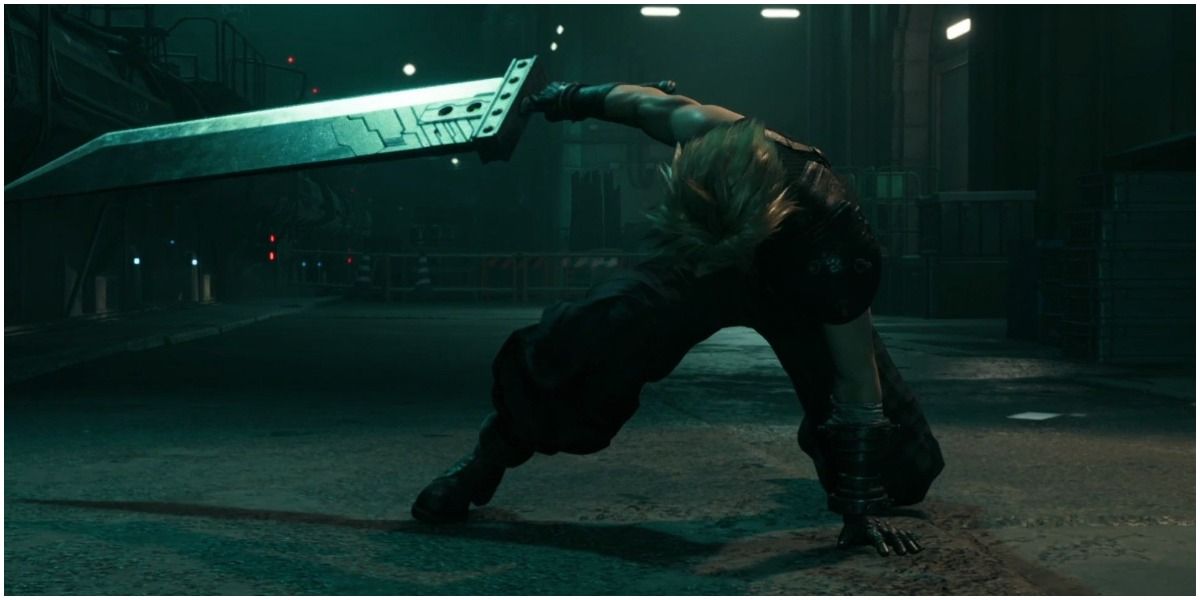
Cloud shows up at the beginning of Final Fantasy by jumping off of a train where he is met and attacked by members of SOLDIER. He insists he's just there for money and will be gone, but things take a major turn when he actually becomes invested in Avalanche's endeavors and starts getting closer and closer to Sephiroth as the game progresses.
However, it is never really made clear outside of deleted scenes what he was doing on the train in the first place or where he was even going. He gets too sucked into a whirlwind romance with Aerith which Sephiroth then uses against him to pull at his already fragile mental state and really flip the switch on his mental manipulation abilities exclusive to his clones.
9 So Is Tidus Real Or Not?
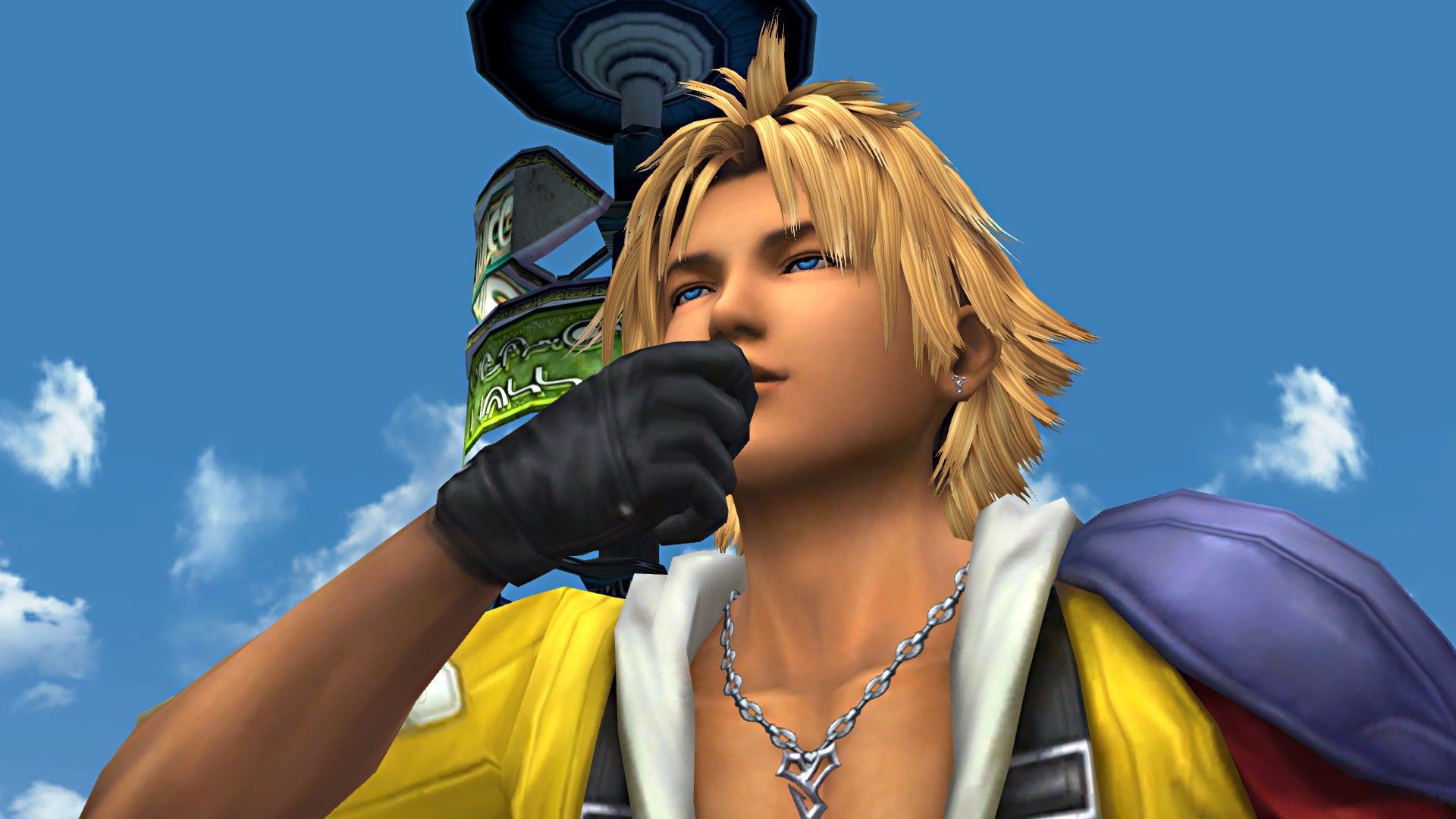
Final Fantasy X and X-2 are some wildly out there installments to the series. Tidus spends a good chunk of his game convinced he has been launched in the future where he meets the Summoner Yuna. She has to take on the same task as her father before her in order to prevent the return of Sin. It will inevitably lead to her sacrificing someone she loves, which eventually ends up being Tidus.
However, throughout both of the games, it's made clear that Tidus was essentially a manifestation of a fake Zanarkand dreamt up by the Fayth. His father ended up escaping and eventually became Sin. Upon 100% completion of X-2, Tidus can be brought back to life despite the fact they essentially just spent the whole game trying to accept his death and the fact he was probably not actually real. If Tidus is real, does that also mean that technically all Aeons are real, despite what lore tries to pretend otherwise?
8 Are Black Mages A Race Or A Job?
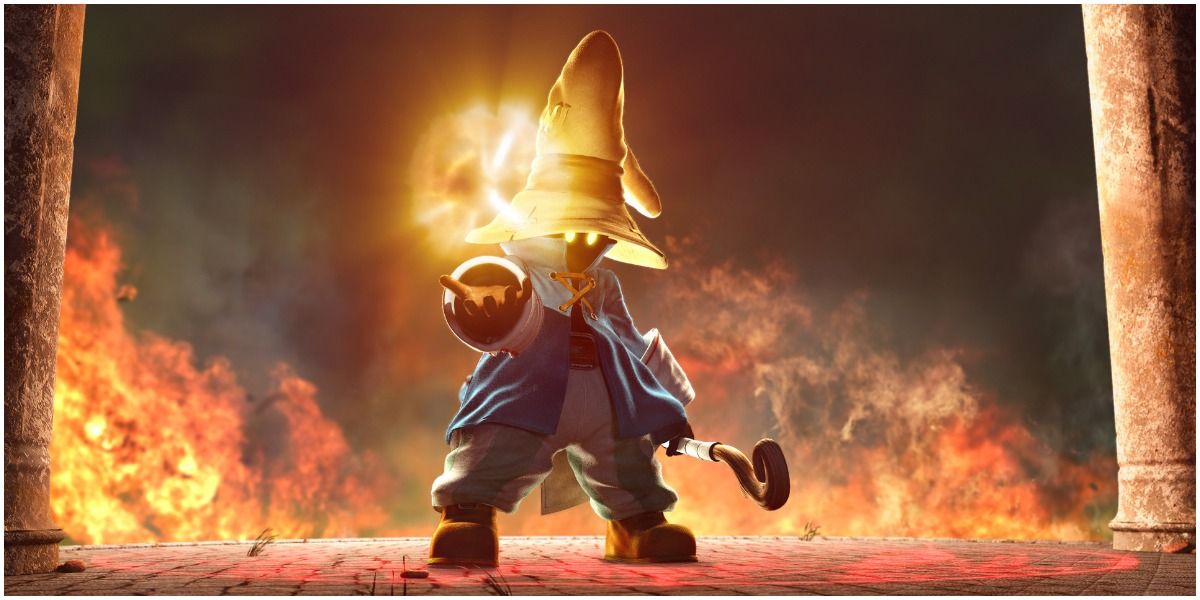
In most of the Final Fantasy games, a Black Mage is a typical arcane spellcaster. Anything that would be expected of a magician, a Black Mage can do. A Blue Mage is something like a beastmaster, using skills and spells typically only found on enemies. A Red Mage is a jack-of-all-trades sort with little focus on anything in particular.
The problem arises with Vivi in Final Fantasy IX. Within that game, every single Black Mage is essentially an automaton. They all have those black heads with big, glowing yellow eyes, and a vaguely humanoid shape clothed in patchwork robes with a stitched-up hat. However, it never says if every single Black Mage ever has to be one of them, and none of the other games restrict the job class to the same system. It really throws a wrench into the lore, as suddenly now it isn't clear exactly if one can learn to be a Black Mage or if they have to be made into one.
7 How Do Blitzball Players Not Drown?
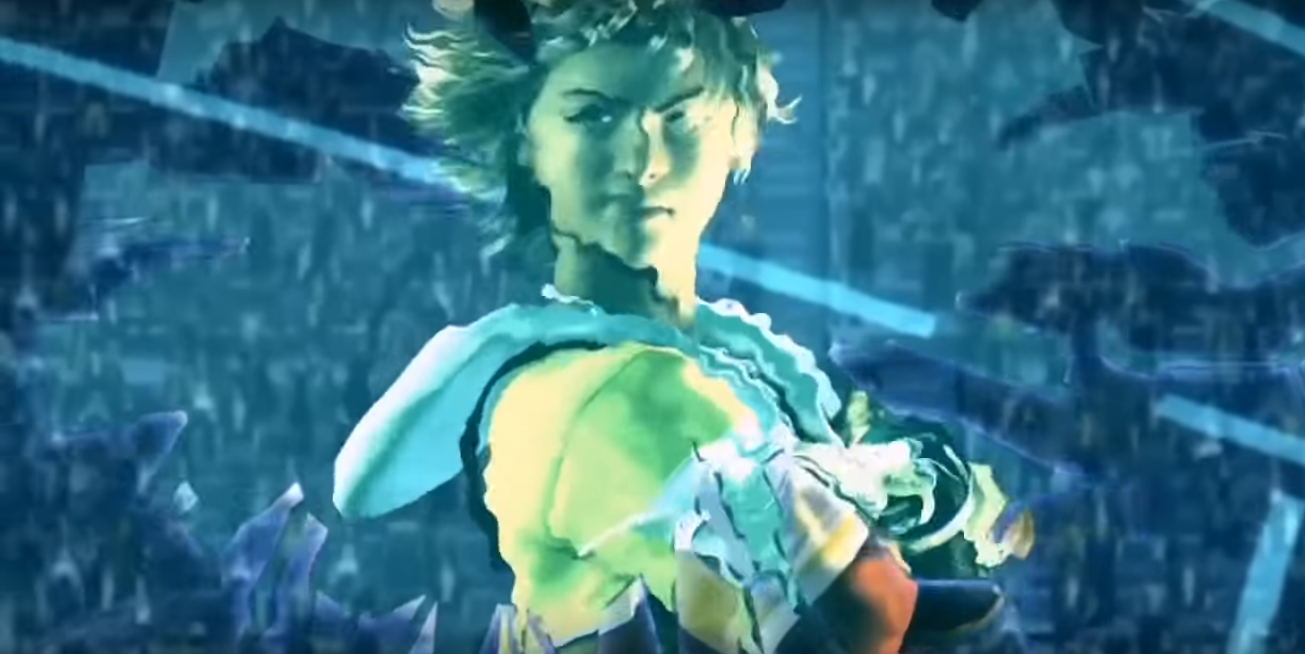
Another confusing aspect of X and X-2 is the game of Blitzball. It's a sport where there's a massive ball of water for the contestants to swim through and score goals with the ball. The problem is that exiting the water ball zone ends in disqualification, and not all of the contestants are creatures that theoretically should be able to breathe underwater.
Players are also never actually given clear evidence if there is an object or strange magic that makes this possible. It also is clear that the contestants aren't just holding their breath for the entire round when players get to see them communicating and presumably breathing. It simply makes its few appearances due to Tidus's affinity and affection for it and showcases something that happens for entertainment.
6 How Did Chaos Allow Vincent To Lock Himself Away For So Long?
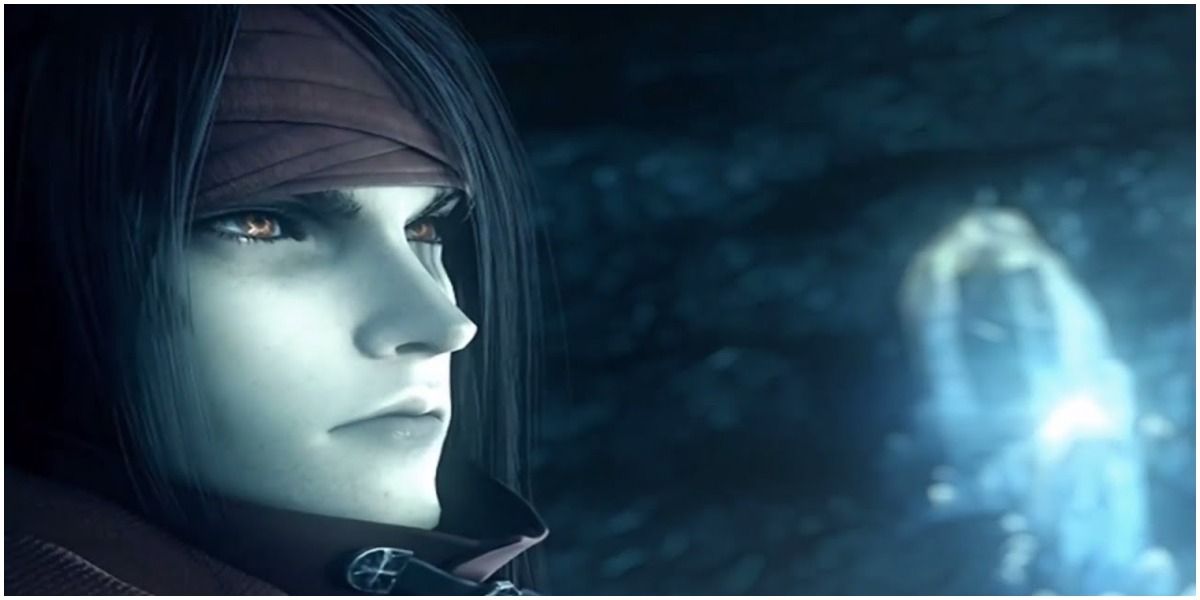
Vincent Valentine was the unfortunate and unwilling victim of one of Hojo's deranged experiments. Well before Project S came to a head, Hojo was working on some other human experimentation and the lovesick Turk ended up at the wrong place at the wrong time. Chaos itself was literally crammed into him, and the demon itself fought hard against its force confinements, as seen throughout the events of Dirge of Cerberus.
Vincent ended up also gaining numerous other transformations, and he loses his free will while transformed. He ends up going berserk, only loosely gaining control of his forms well after the events of Final Fantasy VII and only sort of coming to a peace with Chaos in his own spinoff game. However, it is also made clear that Vincent locked himself away in the basement of a decrepit old mansion for decades, without sustenance, only to join Cloud and co. when they rudely wake him up and refuse to let him continue to ignore the state of the world. The question stands: How did Chaos, a creature who was so dangerous and ended up having a whole game about coming to terms with, ever allow Vincent to disappear for so long without driving him to extremes?
5 What Exactly Happened To Kuja?
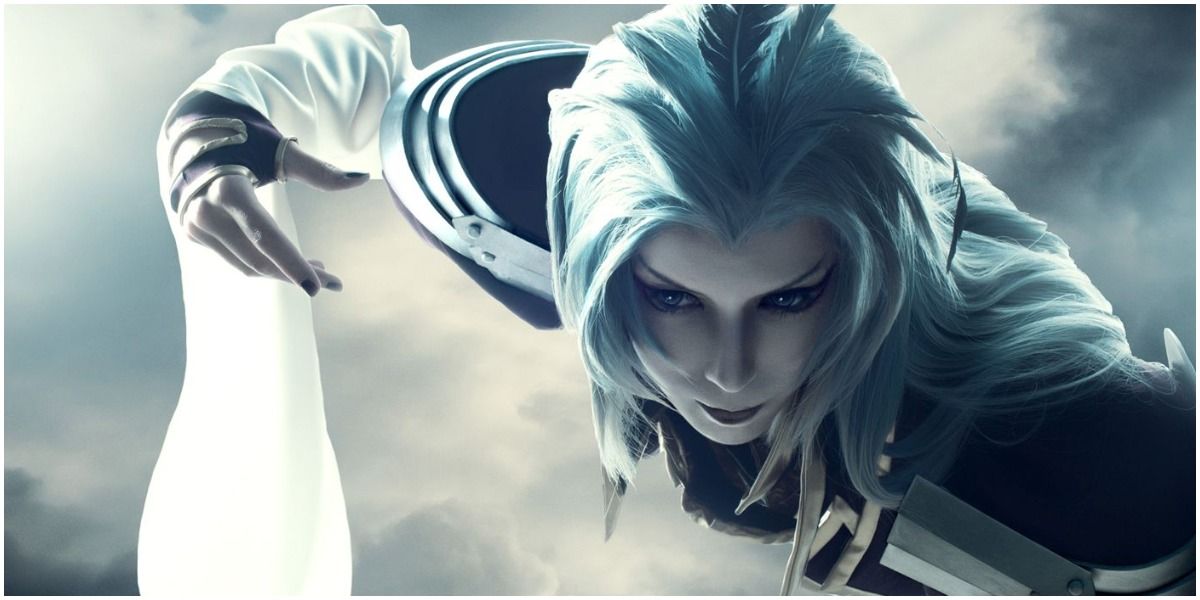
Kuja was a villain who stole the spotlight from the Queen in Final Fantasy IX and did not want to let go of the reigns. Compared to the rest of the tones throughout IX which aired more on the side of a light-hearted and more childish fantasy, Kuja was terrifying. He's also been one of the most dangerous and dastardly villains to date, and it really hurt him to be locked in one of the more unpopular entries in the franchise.
He was capable of extreme levels of magic unlike any other villain, as he can create magically charged golems, conjure monsters, control dragons, and even destroy massive chunks of the world with his Ultima spell. However, he's not even the final boss. He gets defeated by Zidane and his friends towards the end to make way for the real final boss fight, and then just disappears. It's a little odd all things considered, as a magician that strong probably shouldn't have been able to be defeated in the first place by a group of ragtag adventurers.
4 How Could Seifer Possibly Kill Odin?
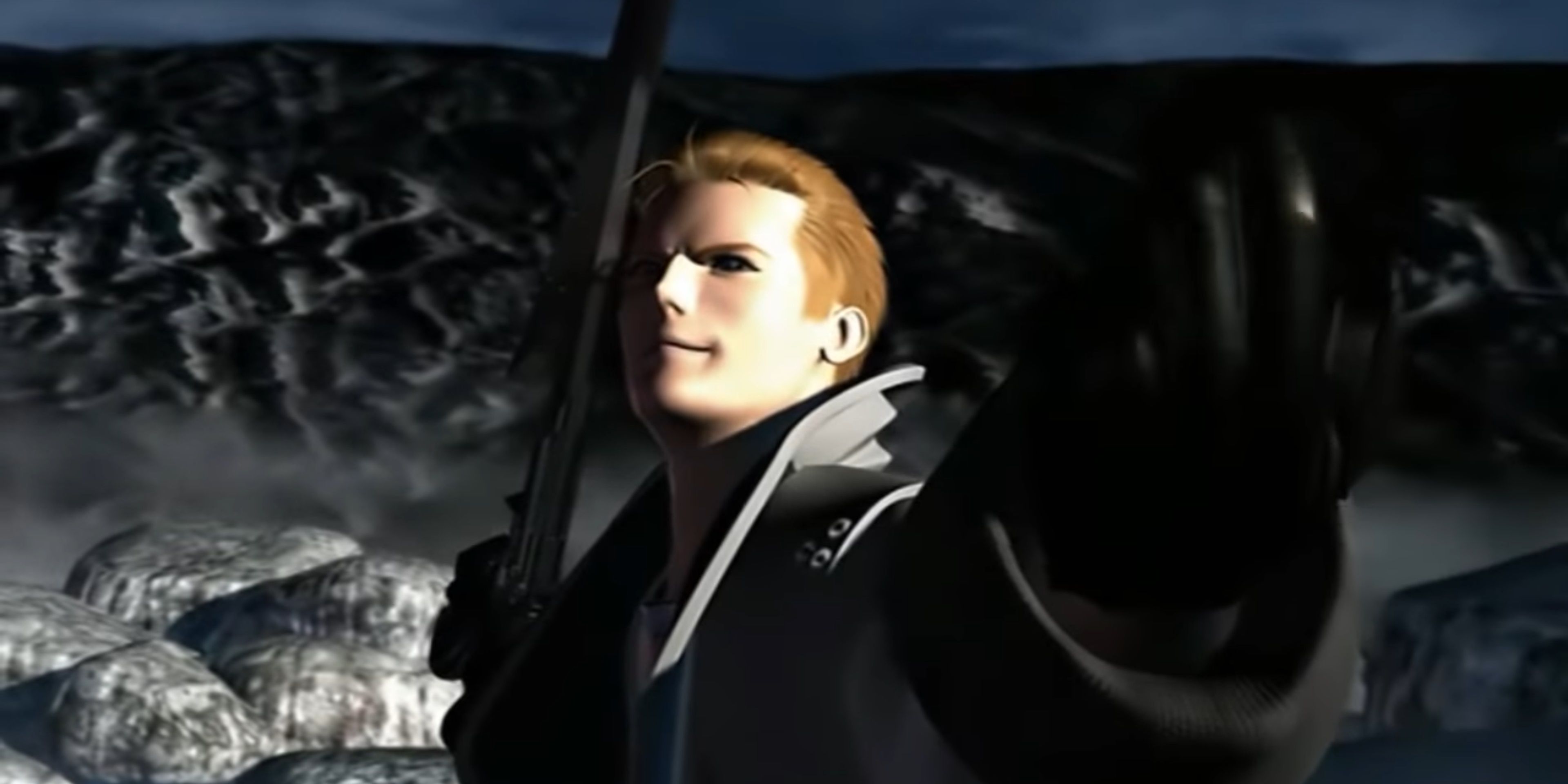
Final Fantasy VIII was definitely lacking in its characterization. It followed a whole bunch of weirdly flat teenagers throughout their lives and ended with an equally weird finale that had the protagonist dead, resurrected, and then faceless. Seifer starts out as one of the early characters and kind of a friend of the group. However, he's not all that great of a fighter and it's shown he doesn't really have a lot of control when he causes Squall's iconic facial scar. Squall even ended up causing an even bigger injury to Seifer, even if that isn't really mentioned.
Odin is an obnoxious sort of boss that has a painful 1hko move for the entire party, and somehow, despite the fact he really shouldn't have even close to the appropriate skills, Seifer just destroys Odin with his own version of the move and then taunts Squall and company by saying he won't go down that easily.
3 So What Actually Happened At Nibelheim?
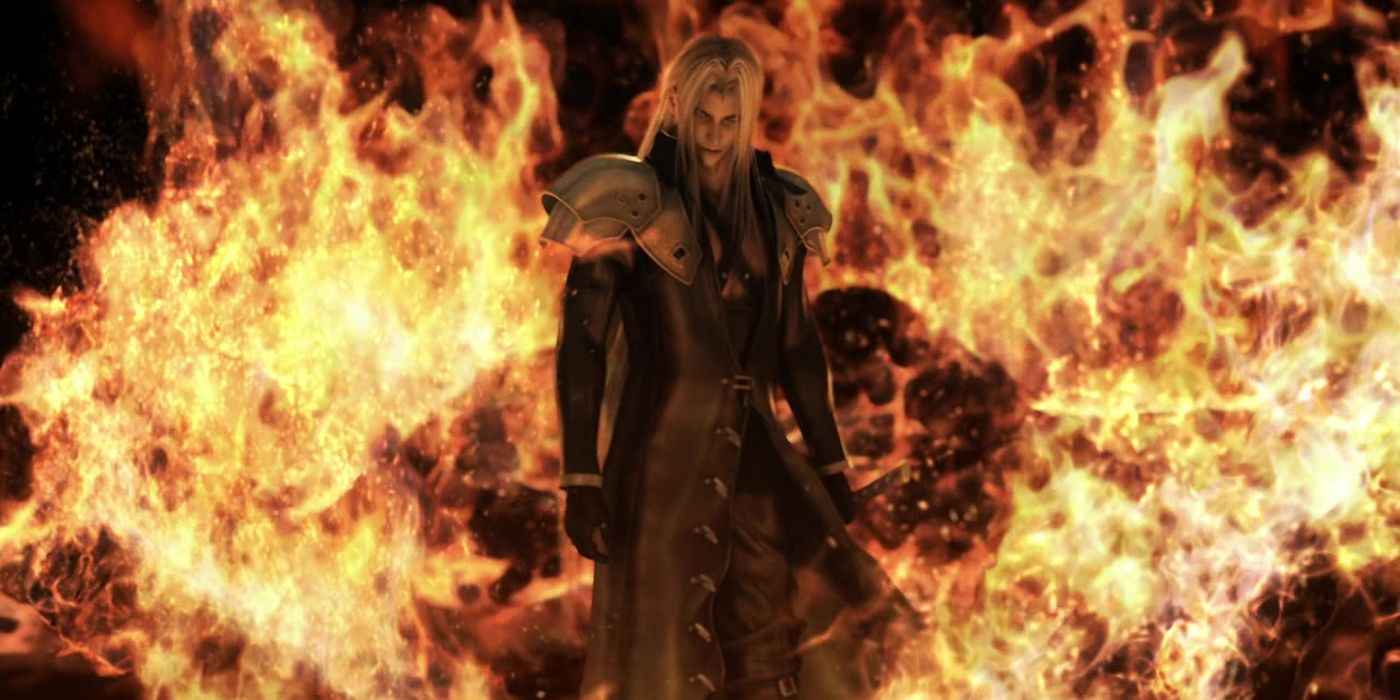
Nibelheim was the inciting incident that cemented Sephiroth's tale into villainy. It's clear that Sephiroth was there, and Sephiroth had a hand in the city's destruction. After that point, Final Fantasy VII and the spinoff games have gone about explaining multiple different things that may or may not have occurred during the event.
In Crisis Core, Genesis is also involved and is trying to get Sephiroth to find out the truth about himself, his birth, and the S Cells which in turn caused him to go bananas. In Before Crisis, a Turk attempts to stop him while the others are also involved. In Last Order, Sephiroth willingly jumps into a Mako reactor. This causes his death and makes the other events a little awkward, considering he definitely was around causing very real damage during his actual game. Perhaps the FFVII Remake will shed a little more light on it during future chapters.
2 What Becomes Of The G Cells?
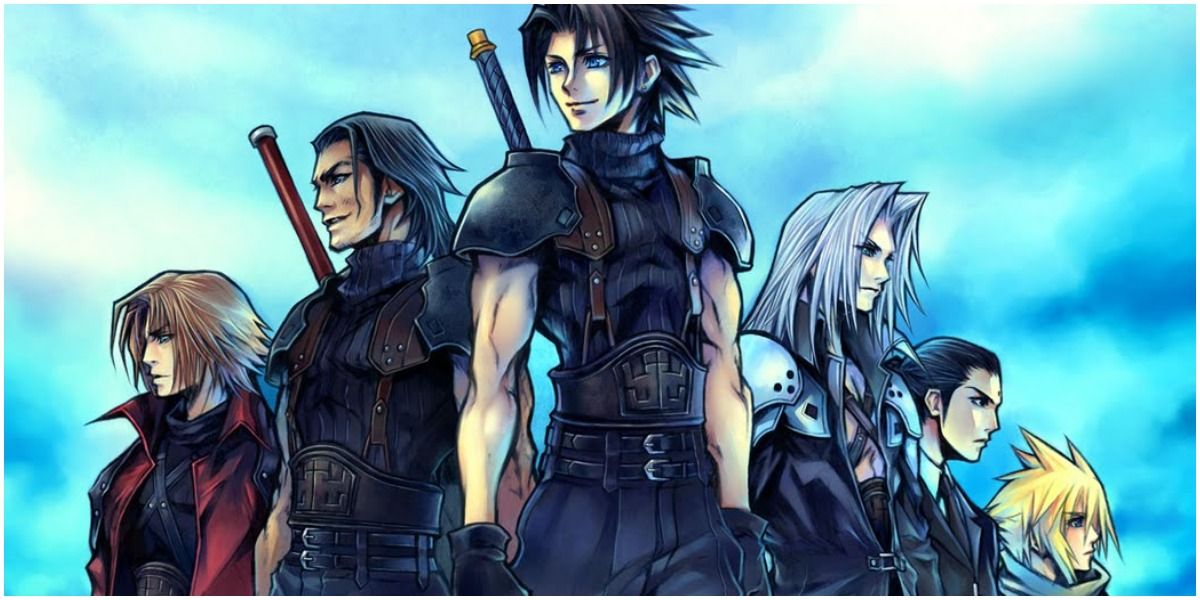
The G and S cells appear a few times within the series. The Project Sephiroth cells were Jenova cells injected into a human fetus by Hojo and ended up being deemed more successful. They use some of these cells to create imperfect clones for SOLDIER, though it messes with their mental state and has it so Sephiroth can manipulate them from a distance, as is extremely clear throughout the events of Final Fantasy VII. They eventually became relevant again when Kadaj uses the cells to bring Sephiroth back using himself as a host in Advent Children.
Project Gillian was headed by Hollander who ended up making both Angeal Hewley and Genesis Rhapsados by injecting Gillian with them, assuming that they would pass on Jenova's abilities to her children. They and all other experiments under Midgar were unstable, and become a series of enemies for the Final Fantasy VII Remake. In Crisis Core, it's shown that G-Type SOLDIERS can infect others with their cells to make unstable copies of themselves, and eventually succumb to degradation. The problem is that these cells are never fully exterminated and examined past either of these games, leaving the unanswered question of what happens to them in the end. Do they eventually just degrade into nothingness, or is there an inherent urge to keep infecting one another with these cells in an attempt to keep replicating? Do they keep going after Project S clones in an attempt to gain their degradation immunity?
1 Where Are All Of Their Parents?
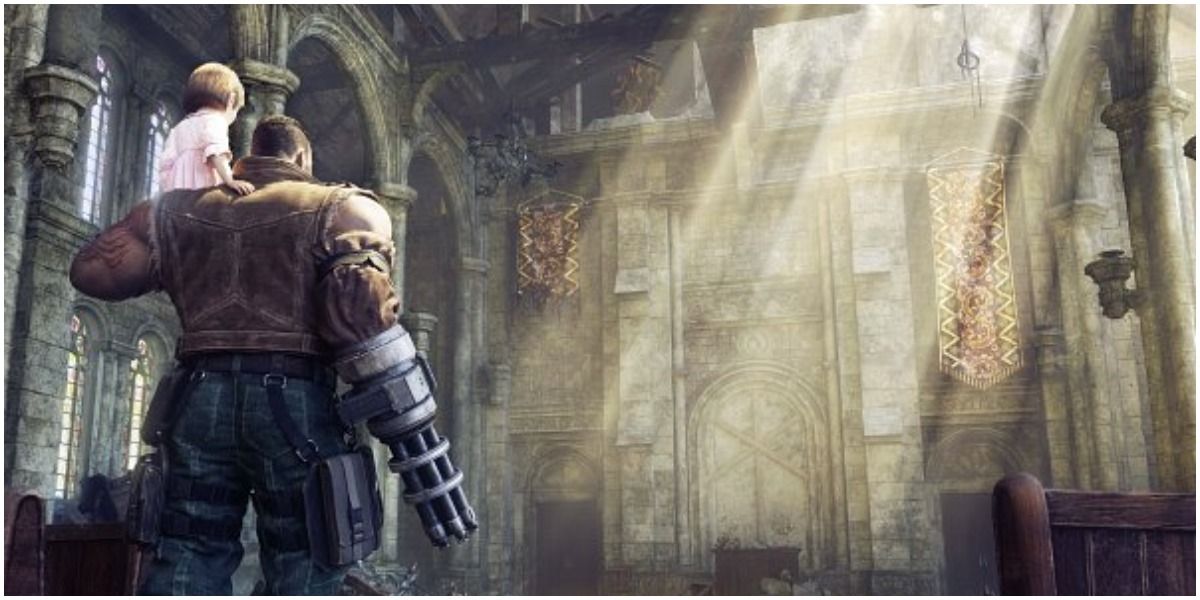
Something that always fails miserably in so many games is mentioning what happened to the protagonists' parents. Sometimes they aren't seen at all, sometimes they're referenced, and sometimes they're straight out dead. Final Fantasy does this to the extreme, with very few explanations outside of Marlene Wallace and Garnet Til Alexandros XVII being given much of an explanation of their parentage.
Noctis of Final Fantasy XV has a mother who's dead, but they don't exactly specify what happened to her. Zidane is in a troupe of thieves despite being part of a really passive species. Cloud was used in an experiment to try and make copies of the perfect supersoldier but had to have had a real family beforehand. Yuffie comes from an entire hidden village. More characters need to have families and lives that aren't just the overdone orphan tragedy trope— even if they're just listed in the manuals or supplemental materials— otherwise it all gets really confusing as to how they are where they are. It also brings up the question of what happened to them and how are they okay with the party's shenanigans.
0 Comments